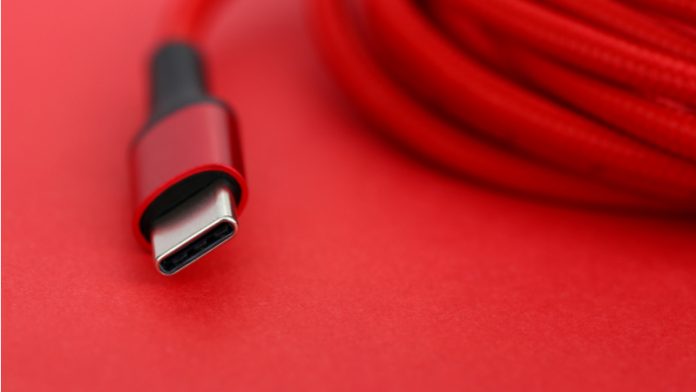Your next iPhone could feature a USB-C charging port in lieu of the iconic lightning port that has been in use for nearly a decade after negotiators from the European Parliament and 27 European Union (EU) member states agreed to standardise charging ports for smartphones and other electronic devices.
The ruling that would come into effect by mid-2024 was announced today [June 7] and is expected to create a direct impact on devices and peripherals using alternative charging ports; namely, Apple products and laptops that have for long used other means to deliver power.
Apple, as per Bloomberg, was reportedly “angered” by the decision citing that it would “reduce innovation” – but has since begun testing on iPhones with USB-C ports.
It must be noted that Apple laptops already feature USB-C ports for charging after they ditched the Lightning connector as early as 2015. Today, phones – specifically Android-enabled smartphones – make up a majority of the USB-C charging ports, while some laptops and netbooks have followed suit too.
The new regulation will directly impact tablets, e-readers, digital cameras, earphones, headphones, and portable speakers alongside smartphones and laptops.
Why The Switch?
The plan to standardise charging ports has been at play since last year and comes as the European Commission estimated that the switch would save consumers an estimated US$267mn each year. It will also reduce e-waste as the cross-compatibility of electronic chargers increases.
While smartphones and tablets will have to comply by the fall of 2024, laptops will have more time – some 40 months after the rules go into effect – to make the switch, as per Bloomberg.
We learn that nearly half of the chargers sold with mobile phones in 2018 had a USB micro-B connector, while 29 per cent had a USB-C connector, and 21 per cent had a Lightning connector.






